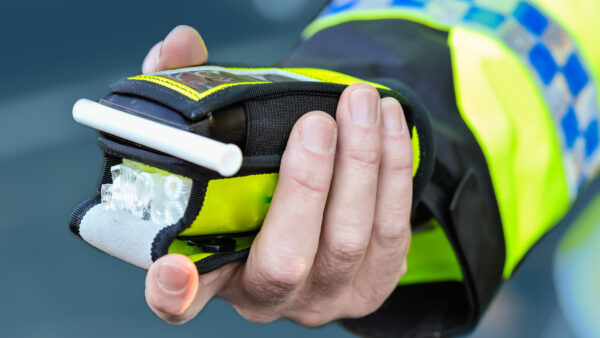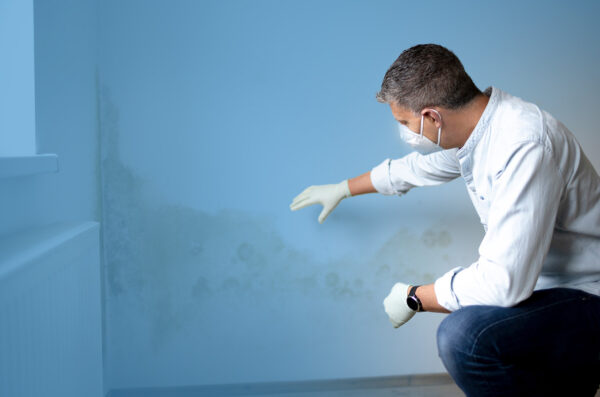New guidance for suspected HCID cases in care settings
The UK Health Security Agency (UKHSA) has published new guidance for care providers outlining the steps to take if someone in their care is suspected of carrying a high consequence infectious disease (HCID).
What are HCIDs?
High consequence infectious diseases are rare but dangerous infections with:
- High case-fatality rates
- Limited or no effective treatment
- Difficulty in early detection
- Potential for rapid community spread
Examples include: Ebola virus disease, Lassa fever, MERS, SARS, Nipah virus, and certain types of avian influenza (e.g. A(H5N1), A(H7N9)).
Is infection likely in a care setting?
While current HCIDs are not endemic to the UK, the guidance has been issued to ensure preparedness. Most UK cases would likely involve people recently returned from overseas.
What to do if HCID is suspected
If a care provider suspects a person under their care has contracted an HCID, the following steps must be followed:
- Call 999 and explain the suspicion during the call
- Contact the local health protection team
- Implement infection control precautions
- Isolate the patient in their room; limit staff contact to known caregivers
- Ensure any essential entry is done with full PPE
- Continue to meet the person’s basic care needs (food, medication, toileting)
- Keep a contact log of who has entered the room — including PPE used and duration of contact
- Monitor for symptoms in other staff or residents
- Notify the Care Quality Commission (CQC) if appropriate
- After the patient is transferred, close and isolate the room pending decontamination advice
- Follow any additional public health measures as directed
Need help with infection control planning?
We support care settings in developing infection response plans, staff training and risk assessments tailored to high-risk scenarios. Contact us for guidance aligned with the latest UKHSA and HSE expectations.



